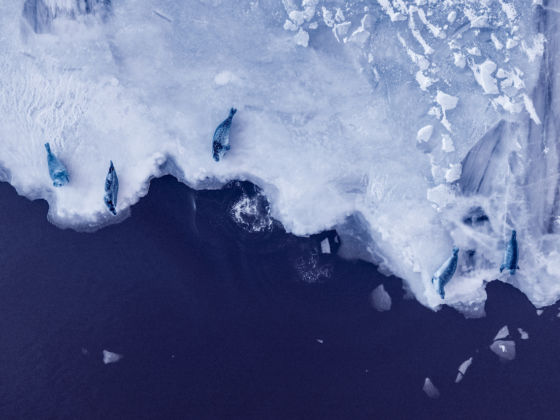Unfortunately, the melting and calving of glaciers is so common these days that it often doesn’t make the news cycle. But when an iceberg as big as D-28 (the given name to this particular berg) breaks away, it commands our attention. At 631 square miles in size, the massive iceberg is the size of greater London. It calved away from the Amery ice shelf in East Antarctica on September 26 — the ice shelf’s first major calving event since 1964.

Massive Iceberg the Size of London Breaks Off Antarctic Ice Shelf
The calving took place next to an area in the ice shelf known as the “loose tooth,” which scientists had been monitoring for nearly 20 years due to the precariously attached ice.
Helen Amanda Fricker, a professor at Scripps College, predicted back in the early 2000s that a large iceberg would eventually break off the ice shelf. “I am excited to see this calving event after all these years,” she said. “We knew it would happen eventually, but just to keep us all on our toes, it is not exactly where we expected it to be.”
Although you may at first assume the calving is the result of global warming, Fricker insists that’s not the case at all. “It’s part of the ice shelf’s normal cycle,” she said, “where we see major calving events every 60-70 years.”
Reassuringly, glaciologist Ben Galton-Fenzi says the event won’t dramatically impact sea levels, “because the ice shelf was already floating, much like an ice cube in a glass of water.” He added, “but what will be interesting to see is how the loss of this ice will influence the ocean melting under the remaining ice shelf and the speed at which the ice flows off the continent.”